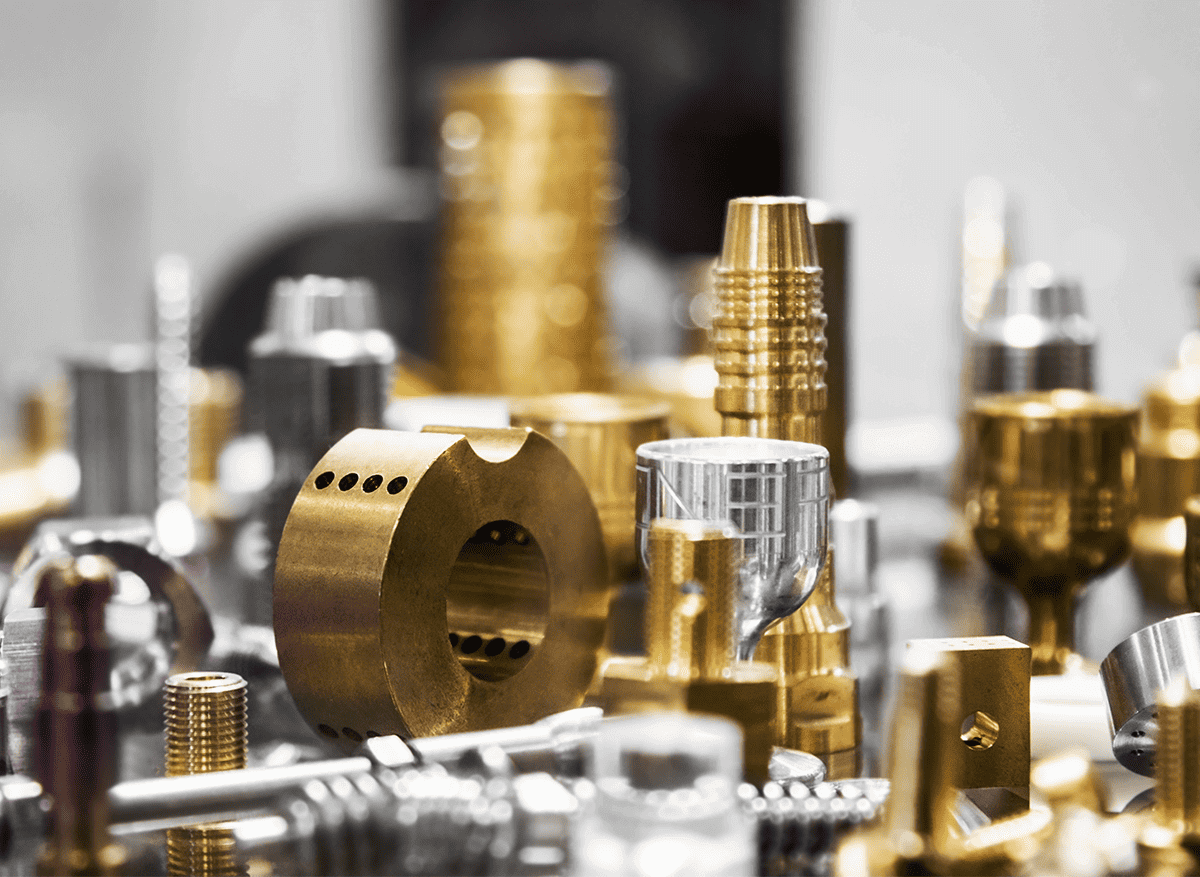Key Contents of CNC Machined Parts
Engineers in every industry know the importance of metal parts that meet stringent precision and performance requirements. Especially in industries like aerospace and transportation, you need CNC machined parts that meet quality standards, adhere to safety standards, and perform functions.
That’s where CNC machined parts come in. CNC machining is one of the most widely used manufacturing processes in the world because it’s fast, precise, and consistent.
Here’s what you need to know when choosing CNC machined parts for your critical applications.
1.How does CNC machining produce complex parts?
CNC (computer numerical control) machines use computer controls to move and operate cutting tools along a series of axes. The most commonly used CNC machines are 3-axis and 5-axis machines, but the number of axes can go up to 12 in more advanced systems.
It’s these axes that allow complex metal parts to be produced. Take a 3-axis machine, for example. In a 3-axis CNC machine, the operating area includes the X-axis (horizontal movement along the length of the workpiece), the Y-axis (horizontal movement along the width of the workpiece), and the Z-axis (vertical movement that controls the depth of the cutting tool).
The machine’s ability to move cutting tools along all of these axes enables the rapid and efficient production of extremely complex parts with intricate geometries.
With features such as tool and grain changing, CNC machining can combine multiple operations into a single setup, resulting in a faster, more cost-effective process that can produce the same complex parts repeatedly.
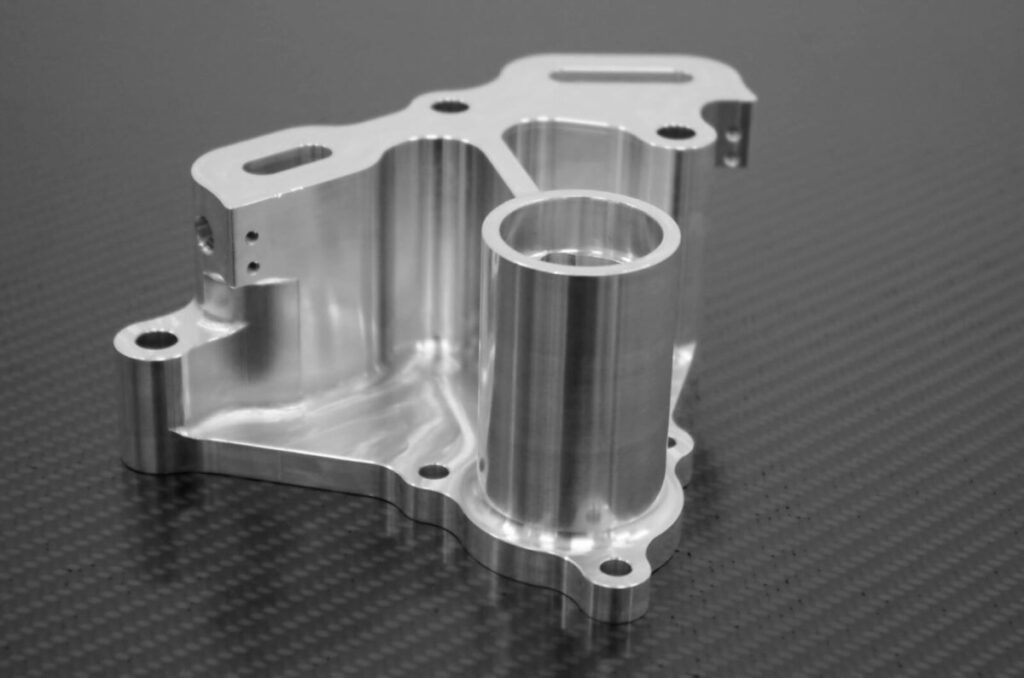
2.Materials Used for CNC Machined Parts
CNC machining can process a wide range of materials, from metals to plastics and ceramics. However, not all machined materials are created equal.
When choosing a material for a CNC machined part, I recommend that you consider factors such as cost, part weight, conductivity, heat resistance, surface finish, and the intended use of the part.
In addition, some CNC machined materials are easier to machine than others. Particularly hard materials are difficult to cut and can damage cutting tools. The manufacturing process can also generate strong vibrations that can affect the accuracy and surface finish of the machined part.
Conversely, materials that are too soft tend to bend under the forces of cutting, which of course affects the quality of the CNC machined part.
A custom CNC machining shop can make recommendations on the best materials for your specific project. In this section, I’ll cover some of the materials that are frequently used with CNC machines.
1) Metals
Metals are one of the most commonly used materials in CNC machining services. Metal parts have a wide range of industrial applications due to their electrical conductivity, high strength, and good mechanical properties.
Different metals have different outstanding characteristics. For example, stainless steel is popular for its corrosion resistance, versatility, and high strength. On the other hand, we will use aluminum because of its light weight, thermal conductivity, and corrosion resistance.
The most commonly used metals in CNC machining services include aluminum, stainless steel, copper, titanium, magnesium, zinc, and mild steel.
Sometimes, we may use metal alloys in the production of mechanical parts. Bronze is a popular metal alloy that is favored for its beautiful surface finish, ductility, and chemical resistance.
2) Plastics
Another material used in CNC machining is plastic. Plastic parts are lightweight, versatile, and corrosion-resistant.
Common plastics used in CNC machining services include nylon, acrylic, polycarbonate, ABS, PVC, polyethylene, and Delrin.
Due to their wide range of uses, plastic parts are widely used in consumer electronics, medical devices, and the automotive industry. Plastic parts are also used to manufacture electrical insulation parts.
In addition to metals and plastics, CNC machining centers also use ceramics and composites to manufacture parts. Composite materials are composed of two or more constituent materials with different properties. They have a matrix material, such as fiberglass and epoxy.
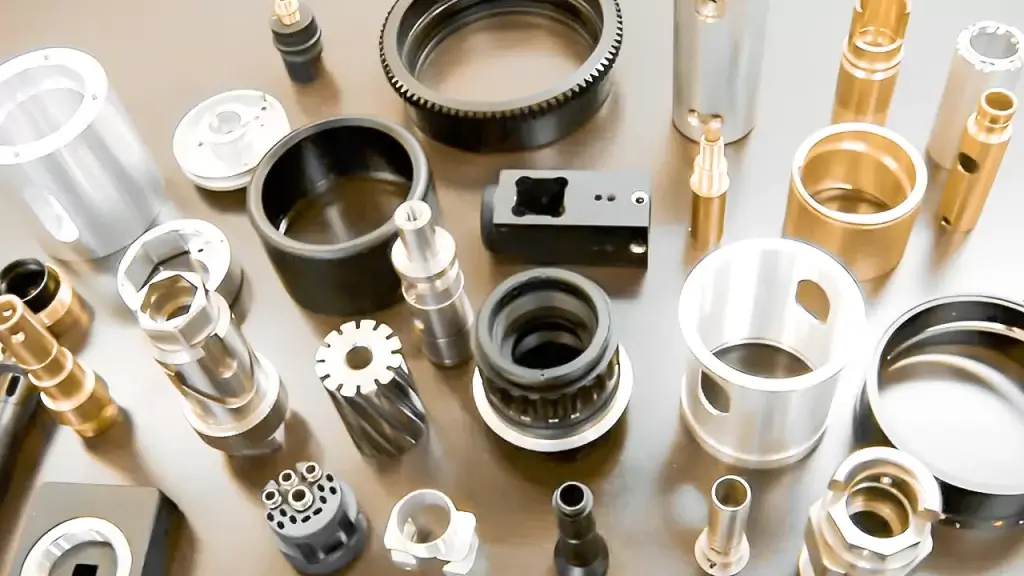
3.Design and Tolerancing Considerations for CNC Machined Parts
For engineers, there are a few things to keep in mind when designing and defining tolerances for CNC machined parts. In addition to the functionality and durability of the part, it is also important to design the part for the manufacturing process.
You need to consider the following factors:
- Cost: A variety of factors can affect the overall cost of a CNC machined part, including setup, programming, material selection, part complexity, and production volume. Considering all of these factors during the design process will help ensure that your part is optimized for the most cost-effective solution.
- Lead Time: Lead time in CNC machining can be affected by a variety of factors, including tolerance requirements, part complexity, machine setup, and standard vs. custom tooling. Well-designed parts can help reduce lead times and increase productivity.
- Design Feasibility: Finally, be sure to consider whether your part is suitable for the CNC machining process. For example, if you need a cavity with a diameter less than 2.5 mm, this is generally considered micromachining and may require specialized tooling to achieve.
When it comes to tolerances, materials, tooling, and part complexity all have an impact. Keep in mind that while CNC machining is capable of producing parts with extremely tight tolerances, the production cost may be higher than the cost of prototyping with looser tolerances.
4.Advantages of CNC Machined Parts
CNC machined parts have a variety of advantages over parts made using other production processes. In this section, I will cover some of these advantages.
1) No Minimum Order Quantity
One of the most significant advantages of CNC machined parts is that there is no minimum order quantity or minimum order quantity. This means that we can efficiently manufacture small batches or even one-off custom parts at a relatively low cost.
This is not always possible with other manufacturing methods. For example, for molded parts, a metal mold needs to be made first. This is an expensive process, so it is not cost-effective to manufacture some custom parts.
Because there is no minimum order quantity for machined parts, the CNC machining process is suitable for businesses with different quantity needs, custom designs, and prototyping.
2) Good Prototypes
The outstanding features of CNC machining are its precision and speed. We can produce high-quality prototypes quickly and with high precision. Such prototypes are similar to the final product, which is very useful in the evaluation and design verification process.
Rapid prototyping can also create multiple variations of a part for testing and verification processes. We will then manufacture CNC machined parts based on the prototype with the best performance.
This is not always possible with other manufacturing methods. For example, for molded parts, metal molds need to be made first. This is an expensive process, so it is not cost-effective to manufacture some custom parts.
Since there is no minimum order quantity for machined parts, the CNC machining process is suitable for businesses with different quantity needs, custom design and prototyping. This brings me to the second point.
3) Design Freedom
CNC machining provides unparalleled design freedom. We can manufacture high-precision mechanical parts with intricate details and fine geometries.
This makes it possible to realize imaginative concepts that would otherwise be difficult or impossible to achieve. The flexibility provided by CNC machining services facilitates the creation of custom machined parts.
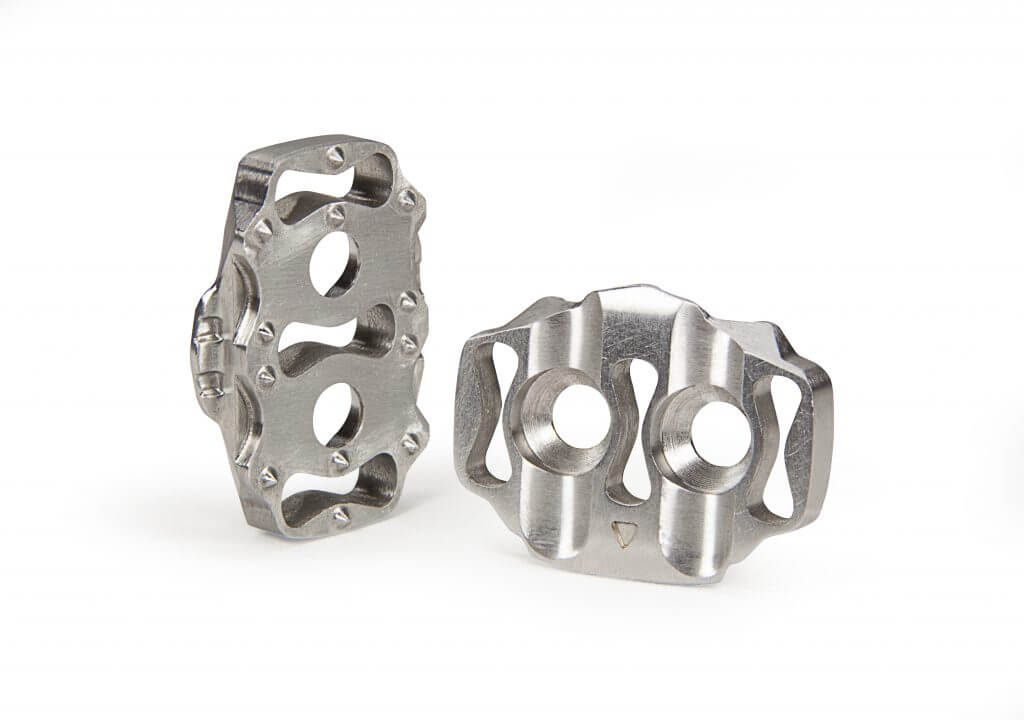
4) Quality
CNC machining allows us to manufacture top-notch machined parts. The production process meets tight tolerances, excellent surface finish, precision, and the highest quality standards. As a result, you can expect components that exactly meet your design specifications.
This aspect makes CNC machining the production process of choice for industries such as aerospace, medical, and military where high-quality parts are essential.
5) Lead Time
The lead time for CNC machining is very short. The design and prototyping process can be completed relatively quickly, especially since there is no lengthy machining process required like other production methods.
Once the prototype is approved, we start producing the parts. Again, the manufacturing process is fast and efficient, which means shorter lead times. Businesses that choose CNC machined parts tend to have a shorter time to market, which is a competitive advantage.
6) Modifications
Sometimes, part designs need to be adjusted. Since CNC machined parts are manufactured using digital CAD files, it is relatively easy to make these changes. All we have to do is update the technical drawings and then produce the new part according to the revised specifications.
The ease of changes effectively reduces the cost and duration of CNC machining services. These simple adjustments also give CNC machining an advantage over other production processes.
For example, if improvements need to be made to molding, it may mean extensive reworking. Of course, this can have a significant impact on cost and time.
7) Strength
Performance and durability are always a focus when it comes to part manufacturing. Machined parts tend to be stronger and more resilient than parts produced using other processes. This is because CNC machining does not cause the internal stresses common to other production methods.
In addition, machined parts are made from a solid block of material, which makes the part structure stronger and more durable.
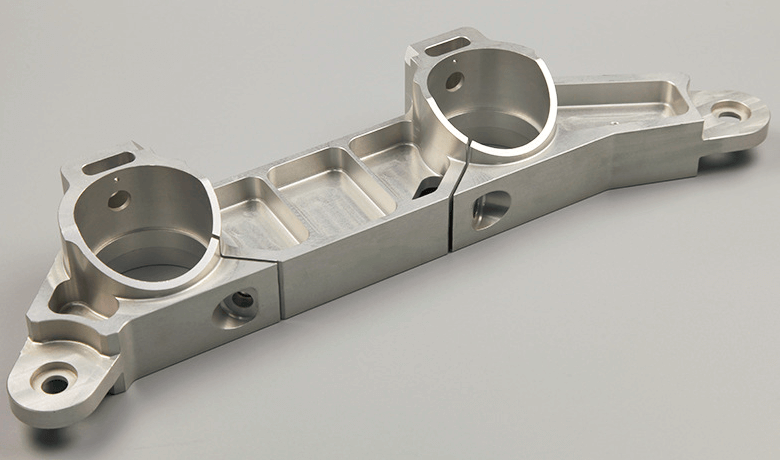
5.When is it best to choose CNC machined parts?
So, when does CNC machined parts make the most sense? Generally speaking, if your parts need to meet these three criteria, then CNC machining may be your best manufacturing solution.
- Small to medium batch requirements: CNC machining is best suited for small to medium batch production due to the multiple factors involved, including setup costs, tooling costs, and cycle time.
- Complex parts with complex geometries: Due to its advanced capabilities, CNC machining is an excellent choice for complex parts that require complex geometries.
- Shorter delivery times are a priority: Due to the inclusion of multiple operations in a single setup, the process of manufacturing complex CNC machined parts is faster and more efficient than other manufacturing solutions.
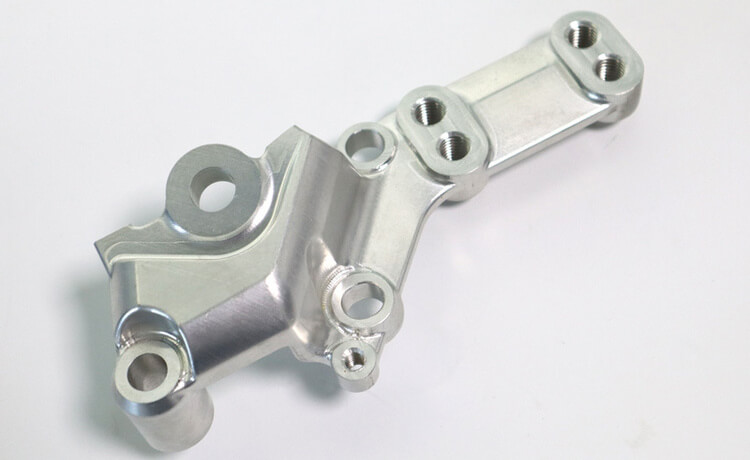
6.When to Consider Other Options
While CNC machining is a versatile and highly accurate process, it may not always be the most efficient or cost-effective process in certain situations. For example, if you need a large number of parts, a high-volume process such as metal stamping may be a better choice.
Likewise, if budget is a major consideration, you may want to choose a process with a lower initial investment, such as stamping or sheet metal fabrication.
Finally, keep in mind that while most materials are suitable for CNC machining, some do not perform well due to the high heat generated during the machining process.
If you are looking for an experienced CNC machining manufacturer, Xavier is your ideal choice. The Xavier team is well-equipped to provide high-quality CNC machining solutions. If you need more information or to discuss your machining needs with us, please feel free to contact us.
